Description
1. Botanical Overview:
- Botanical Name: Ixora coccinea (Dwarf varieties)
- Common Names: Dwarf Ixora, Jungle Flame, West Indian Jasmine
- Family: Rubiaceae
- Type: Evergreen, tropical flowering shrub
2. Origin & Distribution
-
Native To: Tropical Asia, especially India, Sri Lanka, and Southeast Asia.
-
Widely cultivated in tropical and subtropical regions around the world.
3. Physical Characteristics
-
Size: Compact and bushy, typically grows 1–3 feet tall (smaller than regular Ixora).
-
Leaves: Small, glossy, leathery leaves; oval-shaped and arranged opposite each other.
-
Flowers: Small, star-shaped flowers in dense clusters (called corymbs); available in red, pink, orange, yellow, and white.
-
Flowering Season: Blooms throughout the year in tropical climates; peak bloom in summer and monsoon.
4. Growing Conditions
-
Light: Requires full sun to partial shade; more sun means better flowering.
-
Soil: Prefers slightly acidic, well-draining soil rich in organic matter.
-
Watering: Needs moderate watering; soil should be kept evenly moist but not waterlogged.
-
Temperature: Thrives in 20–30°C (68–86°F); sensitive to frost.
-
Humidity: Loves high humidity.
5. Maintenance & Care
-
Pruning: Light pruning helps maintain shape and encourages more blooms.
-
Fertilization: Benefits from acidic fertilizers every 2–4 weeks during the growing season.
-
Pests/Diseases: Can be affected by aphids, mealybugs, scale insects, and leaf spot if overwatered.
6. Uses & Benefits
-
Ornamental Use: Popular for borders, hedges, container planting, and tropical gardens.
-
Attracts Pollinators: Flowers attract butterflies and bees.
-
Cultural Symbolism: In some regions, Ixora flowers are used in religious offerings.
7. Special Notes
-
The dwarf variety is especially suited for small gardens, balcony pots, and decorative edging.
-
Best performance is seen when grown in slightly acidic conditions (pH 5–6).

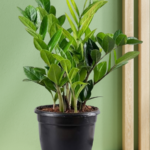
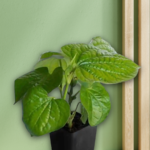
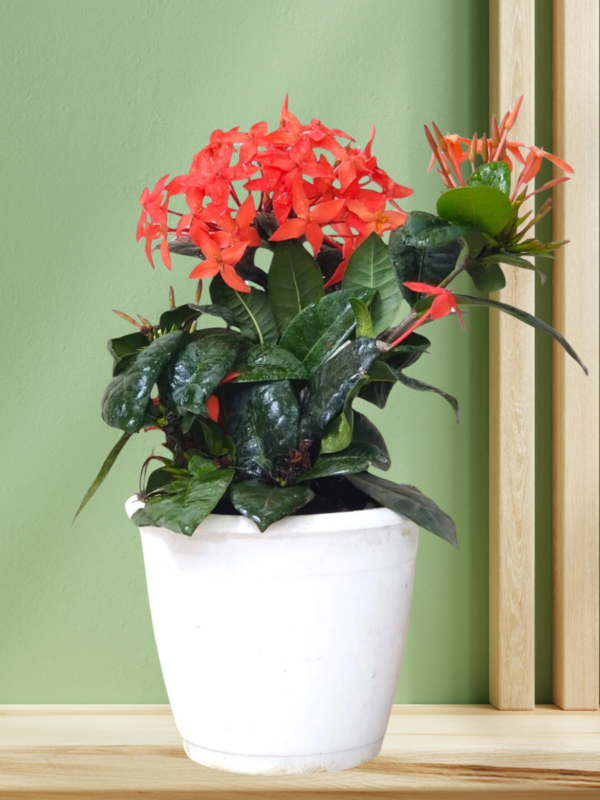
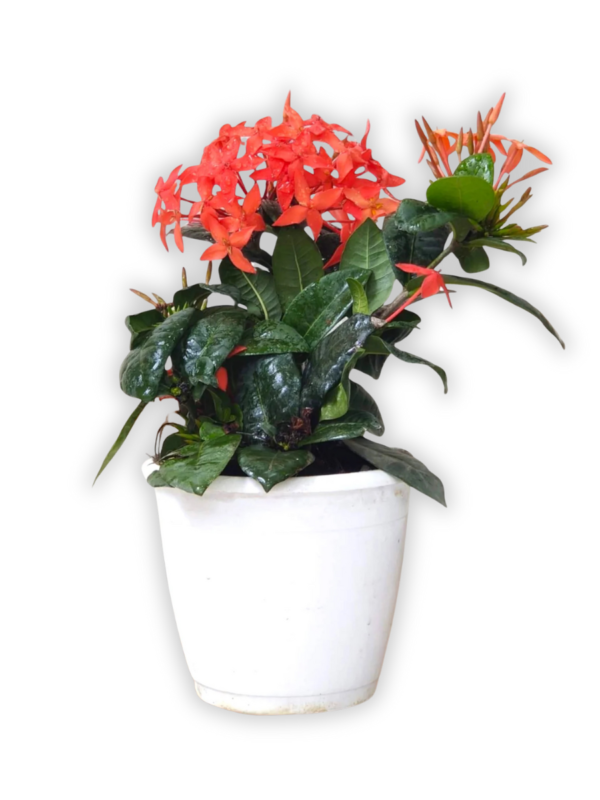
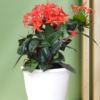
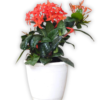
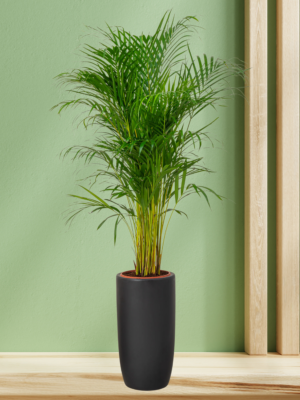
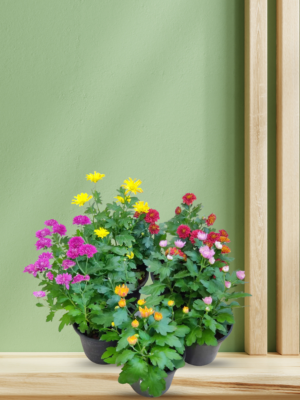
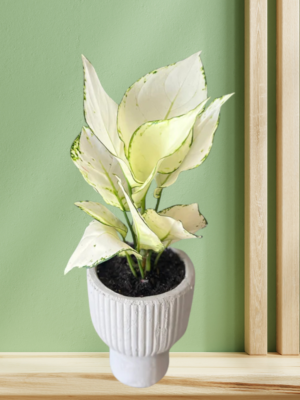
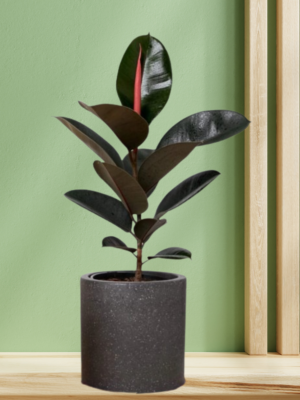
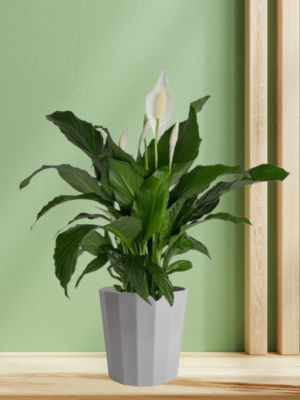 Peace Lily
Peace Lily
Reviews
There are no reviews yet.